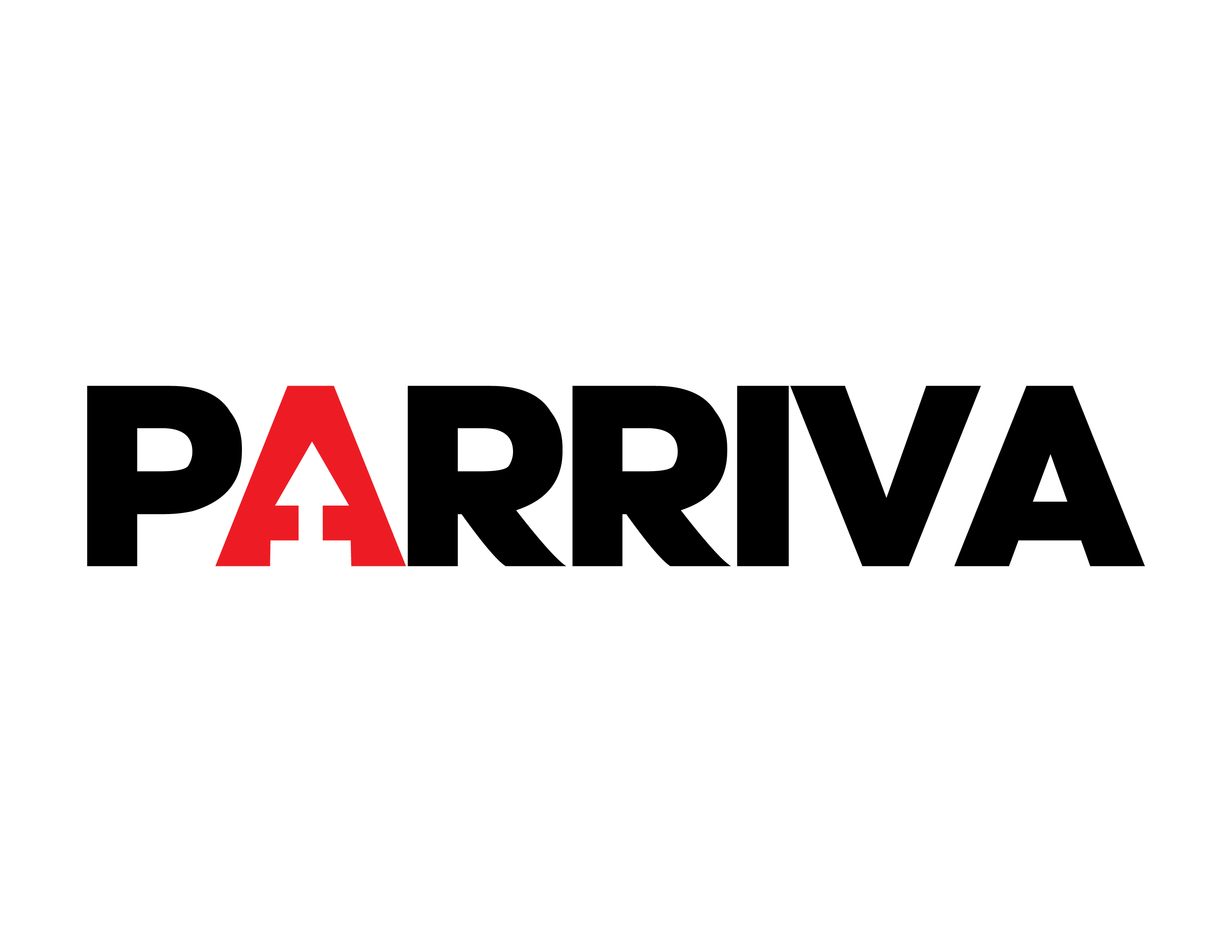Long before the wildfires decimated some of Los Angeles’ most iconic communities, California’s insurance industry was already in crisis mode — the legacy of years of destructive wildfires, including blazes in 2017 and 2018, when the Camp fire in Northern California destroyed 153,000 acres and claimed at least 85 lives.
In response, some of the industry’s biggest insurers pulled back on writing new policies and on renewing existing ones, fueling mammoth increases in premiums as the pool of available policies from conventional carriers shrank.
With the state now navigating a new normal amid two of the most destructive wildfires in California history, here’s what you need to know about the insurance landscape and how to get the coverage you need to protect your home.
Where are insurance policies disappearing?
Non-renewals and cancellation of home insurance have generally trended upward statewide in the past decade, according to the state Department of Insurance — and that includes non-renewals initiated by both insurers and consumers.
I’ve lost my insurance. What do I do?
Shop, shop, shop, experts stress. Rather than call individual insurance companies on your own, consider engaging multiple brokers to help you in your search. Many brokerage firms tend to focus on certain carriers, and not all are familiar with lesser-known companies that write policies in California.
While the overarching concern surrounding insurance has been fire risk, brokers and consumer advocates say carriers have also grown increasingly skittish in the past couple of years about insuring older homes and condominium complexes, sometimes insisting on electrical upgrades or opting to not renew policies because of a costly water claim.
To get started, try the Department of Insurance’s website, where you can find insurance companies and brokers, with an option to narrow the search to those insurers who may write policies in higher fire-risk areas.
That research may help you avoid having to turn to the FAIR Plan — often referred to as California’s insurance of “last resort” — or what are known as non-admitted carriers, out-of-state insurance companies that are not regulated by the state but are allowed to do business here.
While policies from non-admitted carriers will cost you more, those companies are not necessarily riskier than regulated insurers, says United Policyholders. Just be sure to check their financial strength by researching their rating at A.M. Best Company.
In addition, United Policyholders’ website offers a number of tips, among them:
Do as much mitigation as you can, like home hardening and brush removal, and document the work you did.
Get quotes for different deductible levels as a higher deductible reduces your premium.
If you already have insurance and want to reduce your risk of a non-renewal, try to avoid making small claims, as insurers look closely at a property’s claim history.
Consider bundling your home, auto and umbrella policies with one insurance company.
What is the FAIR Plan, and how do I get it?
Created in 1968, the FAIR Plan provides basic fire insurance for homeowners who can’t get home insurance elsewhere. Unlike traditional-market insurers, the FAIR Plan will provide coverage regardless of a property’s fire risk — which is why it’s commonly described as a last resort option for homeowners in fire-prone areas the traditional market is less willing to insure.
While created by the governor and Legislature, it is run by a private association and is funded primarily through the policies it sells to customers.
Still, as major wildfires become increasingly common due to climate change and traditional home insurance has become harder to obtain, more homeowners across California have been flocking to FAIR for coverage.
That’s a problem because FAIR is not a good deal for homeowners. It provides limited coverage at a relatively high price. And because it provides only fire insurance coverage, policyholders would need to buy additional insurance for coverage for plumbing leaks, flood, earthquake or other incidents.
It also increases the risk and potential costs for everyone who has insurance, because the FAIR Plan is an insurance pool whose costs are borne by all insurers in the state.
Homeowners who have no choice but to go on the FAIR Plan can reach out to a licensed insurance broker or agent who will determine their eligibility, research what coverage makes the most sense and guide them through the process of buying a policy.
Is there anything I can do to lower my insurance costs?
Insurance companies will now be required to offer what will be widely varying discounts under the Safer from Wildfires program. Among the qualifying improvements — some of which can be quite costly — are installing ember- and fire-resistant vents, enclosing eaves, clearing vegetation and replacing windows with multi-paned glass.

